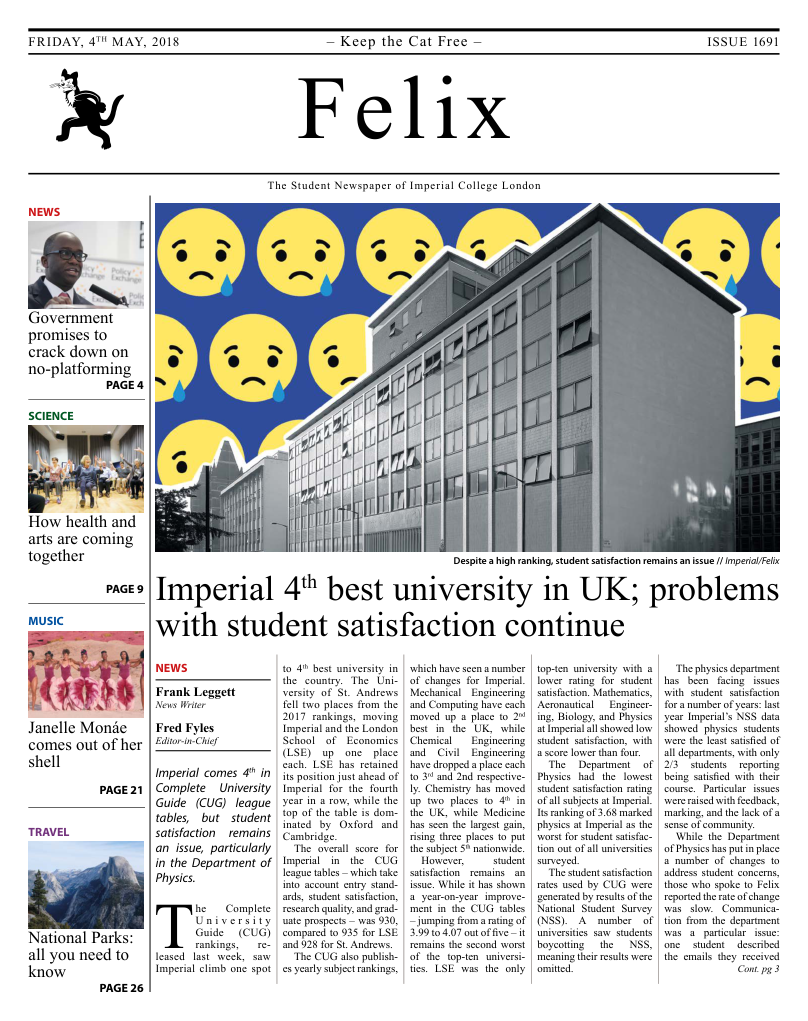Science and eternity – perspectives on immortality
Immortality is turning into one of the most interesting debates of modern science.

One of the most recent hot topics in the field of science and technology centres around Netcome – a private company who have set out to preserve human brains post-mortem, such that, one day, following technological advancements, they would be able to “recreate your mind”. Nectome bases their business plan on award-winning research which resulted in the intact preservation of an animal connectome. This was done via a process called vitrifixation: a combination of chemical embalming and cryogenics which enabled the team to preserve all the synaptic structures within a rodent.
This achievement, however, has not yet been replicated in humans, and the outline of their project has received criticism for its methodological practicality. Neuroscience poses difficult questions, some of which have answers that would prove crucial for this project, such as the fact that it is currently unknown whether an intact cryogenised connectome would retain the information that once circulated through the brain. Moreover, we do not know whether the information we want to retain is actually related to the biological basis of consciousness. For vitrifixation to be successful, the brain needs to be removed fresh; while the protocol for replicating the procedure for human use is currently under development, this very idea of transhumanism is more entertaining, from a debate point of view, than ever.
“It is not often that science reaches out to people en masse, evoking such strong reactions”
It is not often that science reaches out to people en masse, evoking such strong emotional reactions, as with the possibility of eternal life. Looking back in history, immortality has always embraced many spiritual dimensions, as seen with the ancient Egyptians, who were well known for preserving their leaders’ remains, some of which still exist day.
The novel approach by Nectome sounds appealing, especially in cases where terminal illnesses are involved. However, the implications of such a project becoming reality are immense: ethically, legally, and in terms of the future of the human race. Since brain collection must be completed imminently at death, this procedure could only be conducted in countries or states where assisted euthanasia is legal. Provided the protocol is successful, the person would lose their body, and possibly wake up to the prospect of having a conscious experience in a research computer.
This scenario is riddled with questions. What would initially be a collection of independent “consciousness folders” on research computers may one day become the one and only means of human existence. We could look at it as an evolutionary success, as a new paradigm where we confront another type of mortality and begin the same cycle again, as a way of achieving unity and connection with each living human. Or, from a different perspective, this would create a collective consciousness and serve as a path to losing what was initially aimed to be preserved, the ego, instead reaching a point where everything currently known to us through our subjective experiences becomes nonsensical.
Important advances and discoveries are still to be made, both in neuroscience and technology, before we can unequivocally develop a protocol that would enable human consciousness to live forever in a computer simulation. Until then, we have to answer questions such as: “What, in fact, are we trying to achieve with this?”









